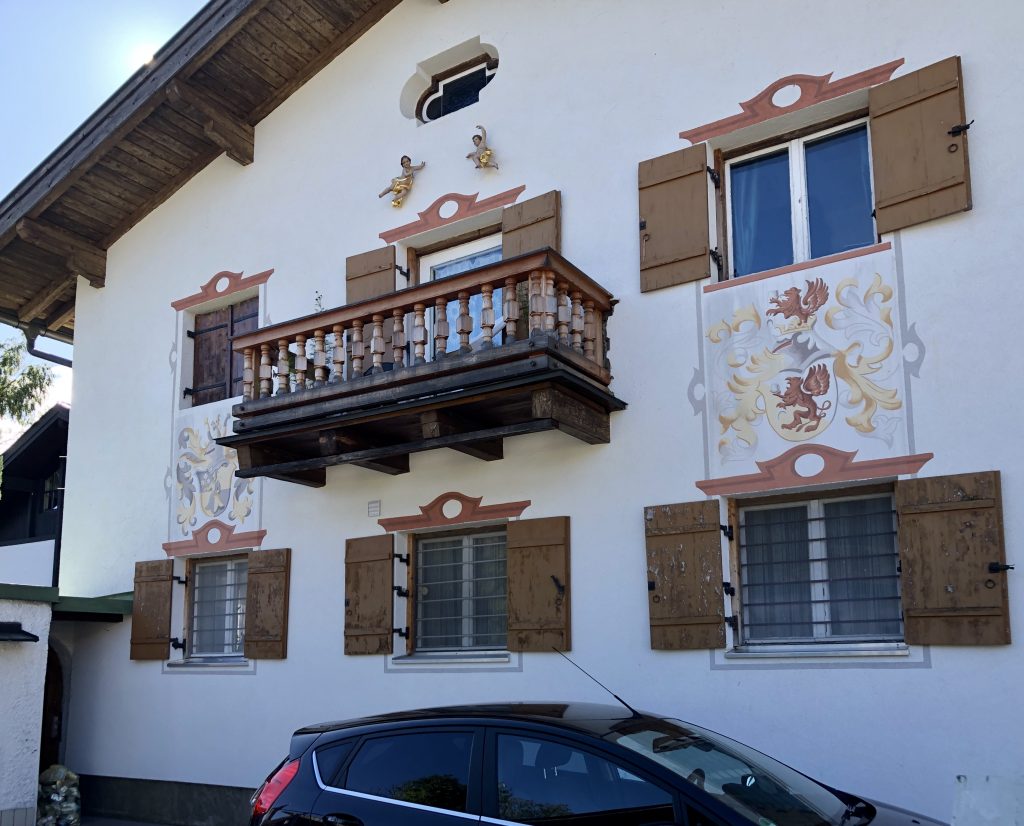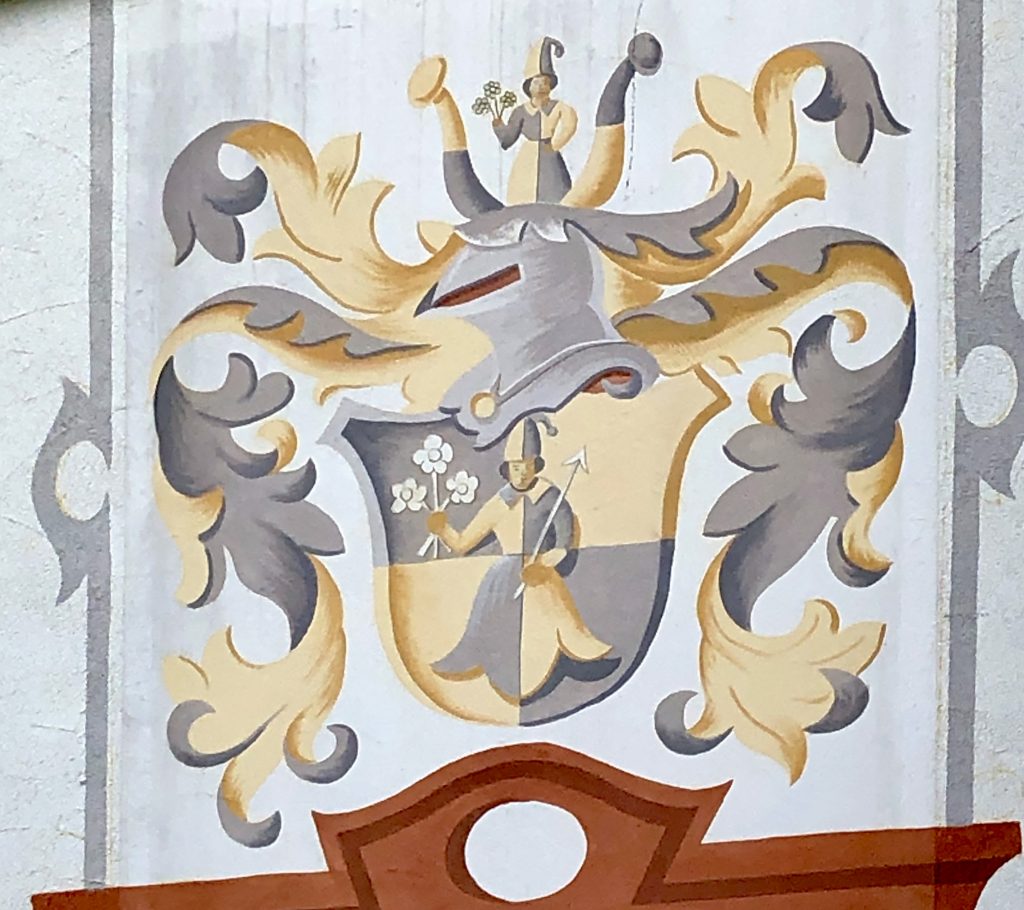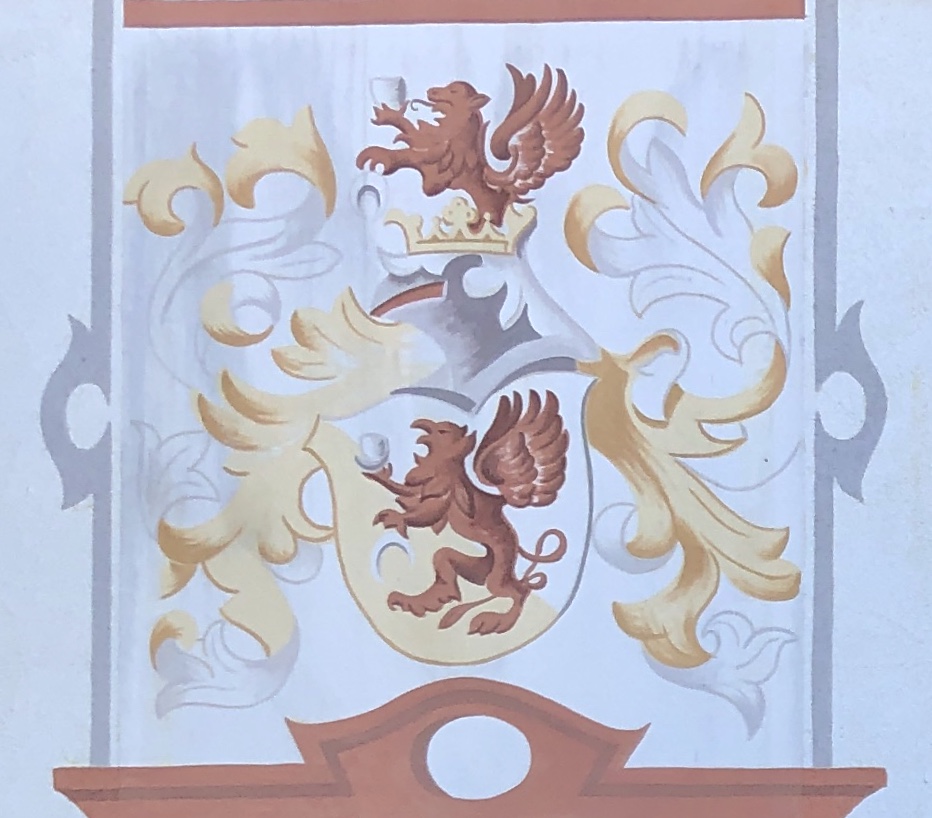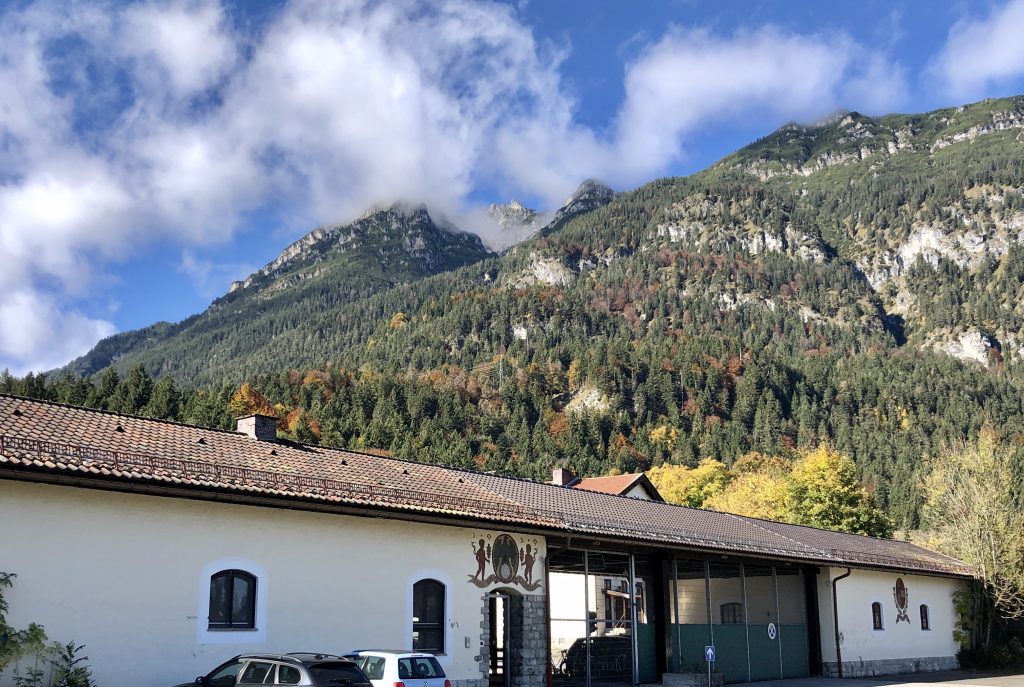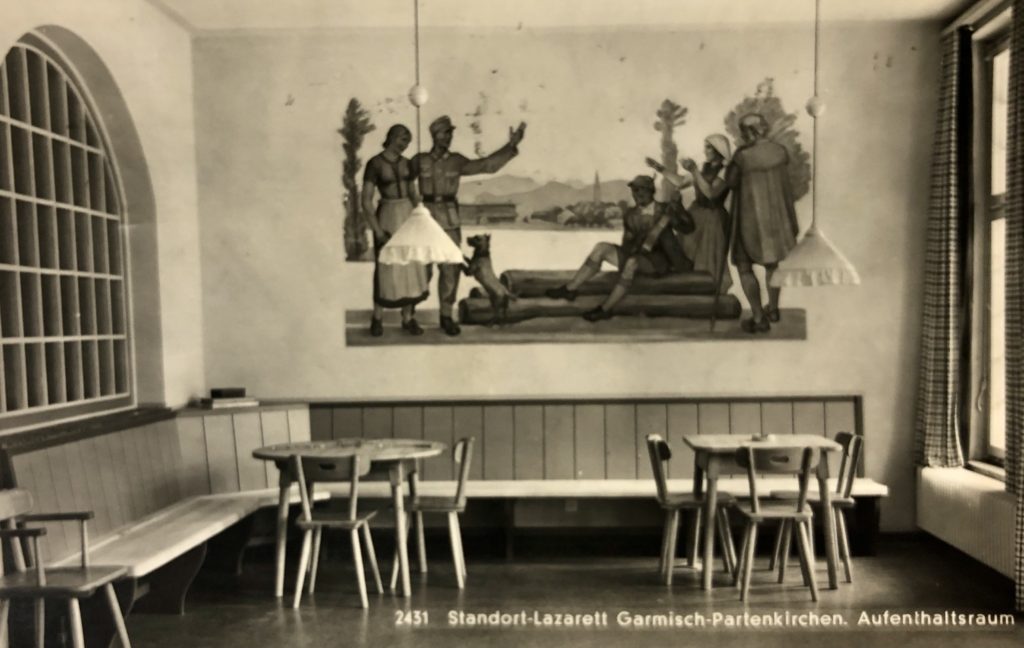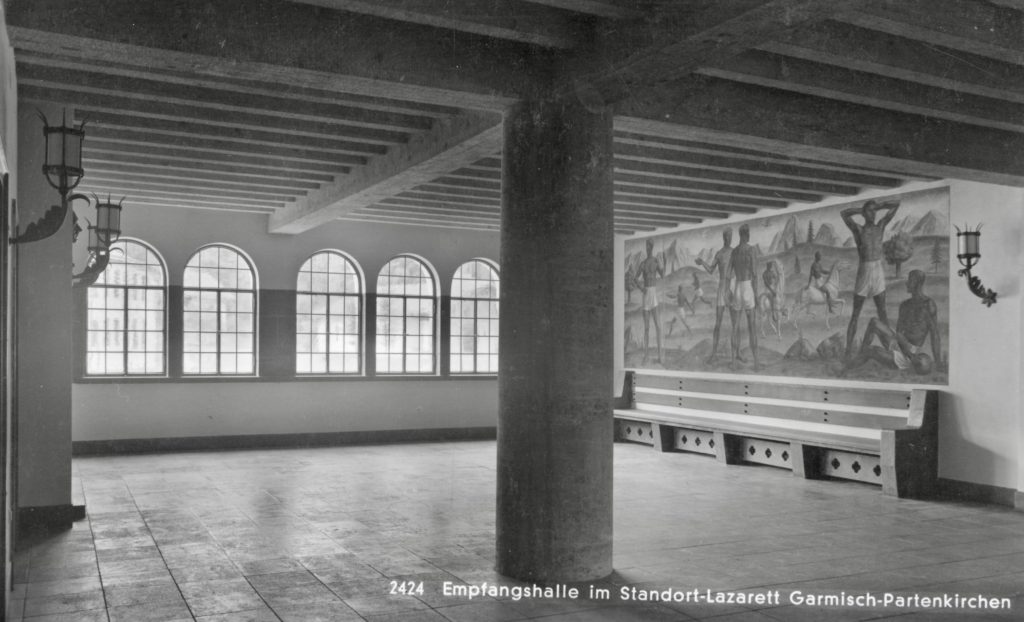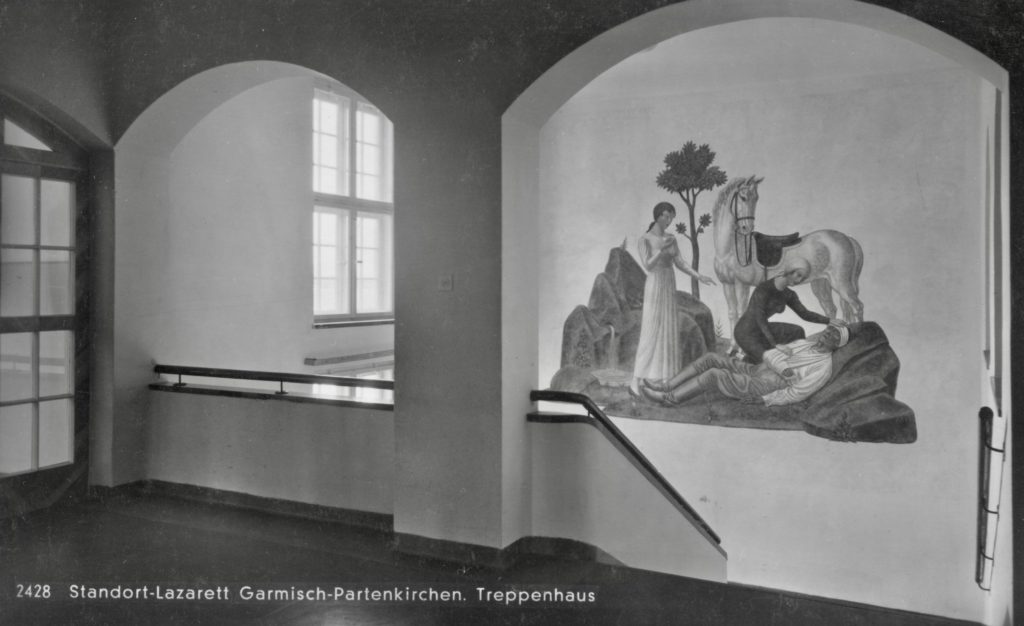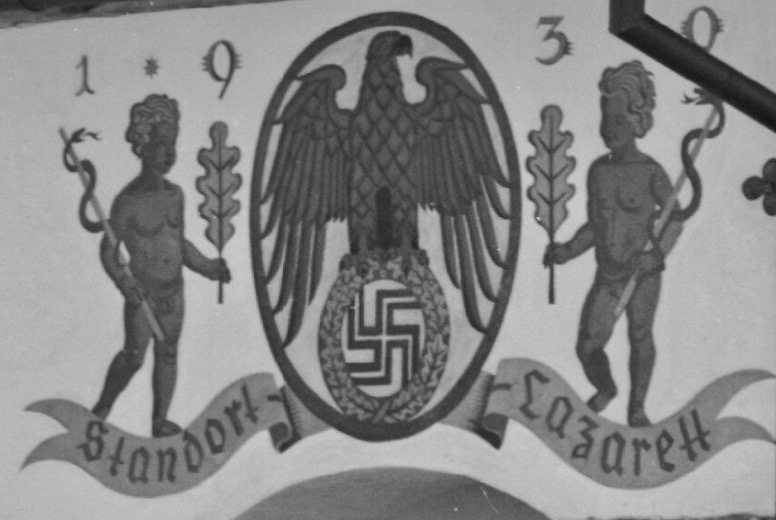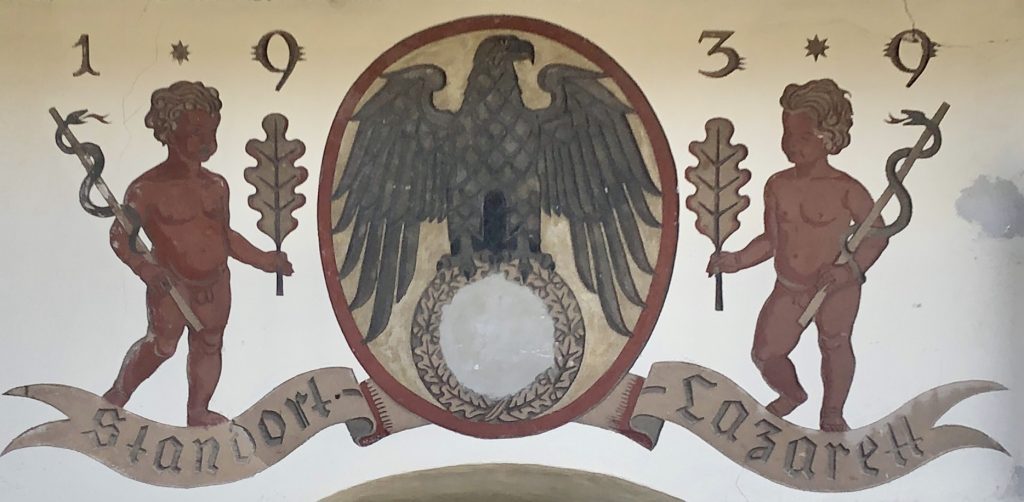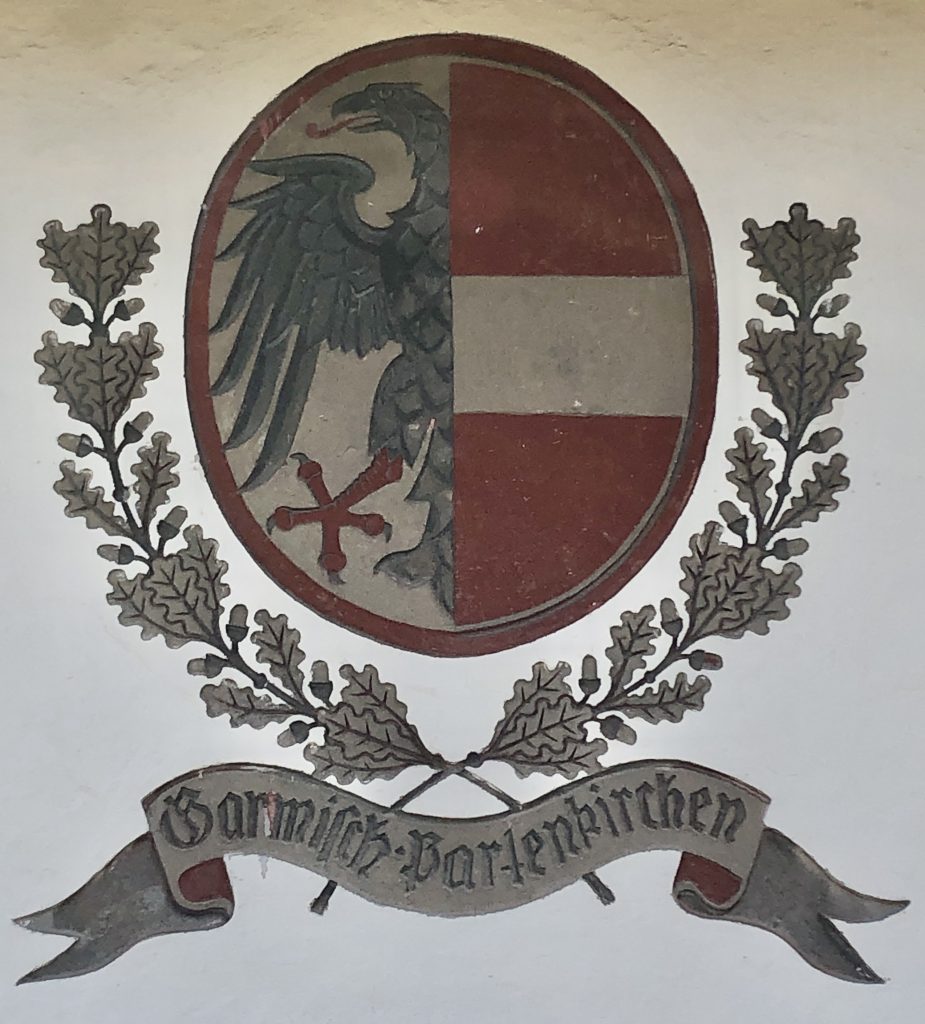- Schwarzmüller, Alois. "Standortlazarett des Heeres - Garmisch, Lazarettstraße 2". Beiträge zur Geschichte des Marktes Garmisch-Partenkirchen im 20. Jahrhundert. https://www.gapgeschichte.de/ns_zeit_1937_kasernen_texte/05_standortlazarett.htm. Accessed: 25 November 2020: "Kunstmaler Erich Schilling gab der Eingangshalle »die Weihe durch sein Freskobild des gesunden Menschen«, eine Turnerlandschaft kraftstrotzender Arier Breekerscher Brutalität, »jene Jugend, die wir im Felde siegreich sehen«, und als Gegenstück »vom selben Künstler das Bild der helfenden Frau, Schwester und Samariterin. Ein Heldenlied männlicher Schönheit und weiblicher Hilfsbereitschaft« (Bm 1941). Weitere Ausstattungsstücke lieferten Karl Gries (Sgraffito am Eingangsbau), Paul Bürck (Fresko im Tagesraum), Erich Erler und Annemarie Naegelsbach (Treppenhausbilder). Die Bildhauerarbeiten stammten vom Oberammergauer Andreas Lang, der ortsansässige Kunstmaler Heinrich Bickel bemalte die Schränke und Holztäfelungen. Für die Gartenplanung entwickelte Alwin Seifert ein Programm alpenländischer Heilpflanzen. Das Garmischer Lazarett blieb ein Einzelfall. Der dort betriebene Aufwand war nach Kriegsbeginn undenkbar und auch vorher nur durch das besondere Elitedenken der Sondereinheit »Gebirgsjäger« und die Verwendung des Gebäudes als propagandistisches Vorzeigeobjekt zu erklären." Aus: Winfried Nerdinger (Hrsg.), Bauen im Nationalsozialismus. Bayern 1933-1945 (München 1993) S. 489".
- Härtl, Rudolf. Heinrich Bickel - Der Freskenmaler von Werdenfels. Adam Verlag, 1990, p. 138: "Ehem. Standort-Lazarett, heute US-Dispensory: Kappelle: Bilder auf halbrunder Holzwand; hinter Altartisch: Szenen aus dem Leben Jesu."
- Härtl, Rudolf. Heinrich Bickel - Der Freskenmaler von Werdenfels. Adam Verlag, 1990, p. 124: "A 41 Lazarettstraße, ehem. Standort-Lazarett: 2 Putten mit Askulapstab und Eichenlaub; 1939."
Lüftlmalerei
A street by street guide to the fresco and facade paintings in the Garmisch-Partenkirchen district
